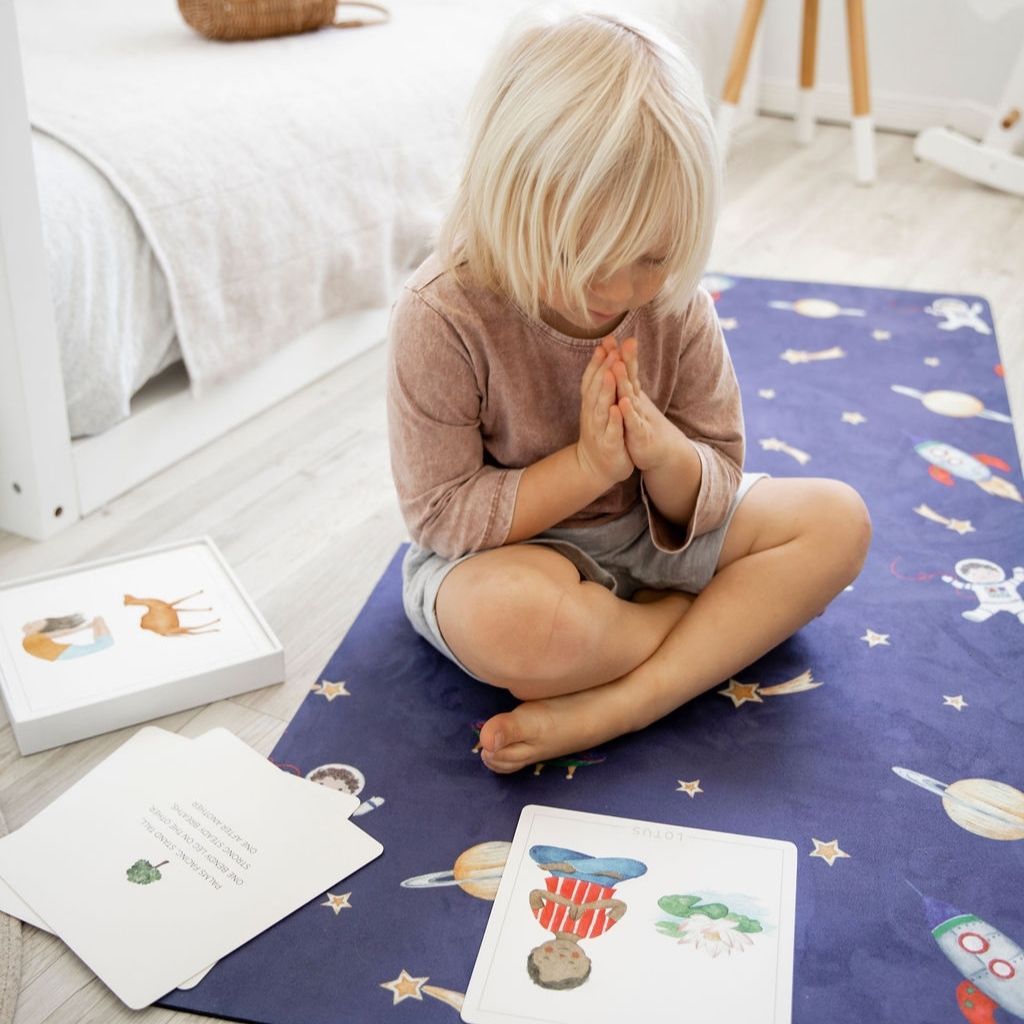Neurodiversity plays a significant role in the dynamism of child development. Children who suffer from disorders like ADHD as well as autism require an environment that supports their unique talents and makes them to excel. The synergy is between ADHD help, autism play as well as sensory integration and thoughtful toys for children. Integrating these elements into daily routines can help caregivers and teachers design experiences that foster whole-person development.
ADHD Support for Children Fostering Confidence and Focus
Children suffering from ADHD can have difficulties focusing or controlling their impulses. It’s essential to utilize strategies that can stimulate their minds, while also respecting their individuality in order provide effective support. Toys that encourage calmness and mindfulness for children can be great aid. They’re a biting experience and can help calm anxiety while teaching children how they can shift their focus. Playing with mindfulness techniques can help manage ADHD symptoms and help teach youngsters valuable life skills such as emotional regulation, stress reduction, and stress management.

Autism Sensory Play: Nurturing Expression and Exploration
Sensory experiences can be enriching and difficult for children who have autism. Autism sensory play is about creating an environment that stimulates your senses, while also supporting the development of crucial skills. Sensory integration toys play a significant role in this approach. They engage multiple senses simultaneously, encouraging sensory exploration coordination, as well as cognitive development. Through engaging their tactile, auditory, visual, and other senses, children can to communicate their emotions and comprehend their environment. By encouraging autism sensory play in children, caregivers can empower them to be themselves, increase self-confidence and connect with the world around them.
Sensory integration toys- building bridges to support the development of children
Sensory-integration toys provide bridges for children to get connected with the world. These toys are available with a variety of materials dimensions, shapes, and forms with a focus on different senses and motor abilities. The toys offer children the chance to play with and adjust their sensory input. It helps develop their sensory processing abilities. Three key benefits of sensory integration toys are:
1. Sensory integration toys expose children to a variety of sound, tactile, and visual cues. The exposure helps their brains better process sensory information, improving their response to the stimuli.
2. Improved Motor Skills – Many of these sensory toys are difficult to manipulate with out fine motor skills and coordination between the eye and the hand. Through playing with these toys children will improve their motor abilities and control. This improves physical control as well as confidence.
3. Multisensory games stimulate multiple brain regions simultaneously. This can aid in cognitive development by strengthening neural connections and increasing creativity and problem solving skills.
Kids’ toys that are mind-focused to help develop calmness and focus
Mindfulness is gaining popularity due to its positive effect on mental well-being. The toys that children play with are mindful and incorporate mindfulness elements into the games to encourage children to remain focused and in the moment. They typically involve activities that require a lot of concentration. Examples include coloring, puzzles, or guided relaxation. Through these activities, kids learn how to focus their energy and attention to the goal. This helps their schooling and social abilities.
When we look into the realm of ADHD help, autism sensory play, sensory integration toys, and mindful toys for kids it is crucial to focus on the holistic approach that results from their interconnection. These elements don’t function as a set; rather, they form a cohesive strategy for addressing the various needs of children with neurodiverse disorders. Through including mindfulness and sensory play in daily routines, parents create a space that meets emotional, cognitive, and sensory needs simultaneously.
To conclude, the journey to support children with ADHD or autism involves embracing both their strengths and weaknesses. By integrating sensory play as well as sensory integration toys and mindful methods, educators and caregivers can create a safe and nurturing environment that encourages growth on multiple levels. Each element of the program, whether it’s encouraging self expression, improving sensory processing or promoting mindfullness, contributes to an integrated approach to development of children. In unlocking the potential in these strategies, we are paving the way to a better future for all children regardless of neurodiversity.
